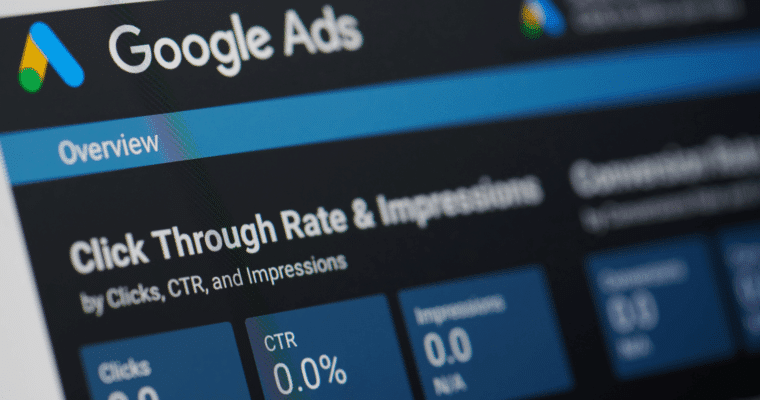Optimising Google Ads
 Reading Time: 3 minutes
Reading Time: 3 minutes
Paid search using Google Ads offers businesses a great way of increasing high quality, interested and engaged web users directly to your website when they search on Google for particular keywords. They then click on these paid ads and are directed to specific web pages that relate to the search term. In theory, this should mean that sales and inbound enquiries come in, however, there are many factors involved in creating and optimising these ads so that web users click on them and advertisers generate
Pay per click or PPC for short has been around for a numbe of years now. Although it has expanded and now covers advertising on mobile devices such as phones and tablets, the basic principles and underlining theories on how to manage, create and optimise PPC campaigns remain the same. When directing engaged people, who are searching online with the intent to purchase or find out more information, it is vital that they are directed to the correct landing page that best matches their search query.
In order to get the most from your PPC campaigns, it is important that they are set up and configured in order to generate the optimum results.
Listed below are some important areas to consider when Managing Google Ads.
Ad Scheduling: This feature allows advertisers to schedule and run ads at particular times of the day or on certain days. When deciding upon what times and days to run your ads, it is advisable to first review any historic data from your Google Analytics account, so that you can make the most informed choices. For most businesses, basic ad scheduling should occur from roughly 08.00hrs through to 22.00hrs when users are awake and actively using search engines to search for something they want (this is only a very rough outline and is to be used only as an example).
Ad scheduling also ties in nicely with devices and bid adjustments (more about these below) in that during particularly busy periods, you can increase the costs of your bids on your keywords, by specific percentages. In addition to this, you can also apply this feature during certain hours of the day. A good example of when to use these features would be when there is a TV show or sports game that is showing and your products or services correlate well with this. During this period there may be a surge in search volume and it would be very beneficial for your ads to be shown. So in this example, you would increase your bids during this time frame to try and capture more clicks and ultimately, sales.
Devices: This feature links in with bid adjustments, in that you can increase and decrease bids on your chosen keywords depending upon the device that your end-user is using. For example, if you know from your analytic data that certain campaigns within your Google Ads account convert really well on desktop, then you can apply a device bid adjustment so that your ads are more likely to be shown on desktop machines. Conversely, if your ads don’t convert particularly well on tablets, for example, you can reduce the bid adjustment so that the ads don’t show as often. If you don’t want your ads to show at all on certain devices, simply reduced your bids by 100% on these devices and your ads won’t be shown on them.
Locations: For many businesses who operate online, it may seem fairly obvious to focus solely on a specific country, such as the UK for example and whilst this is important, you can also drill down further within your analytics and identify areas such as cities and towns and target these specific places to show your ads. Before doing this, however, ensure that you have checked your analytic data and it confirms that these locations generate the amount of quality traffic that you want/need for your campiagns.
I hope this article on how to optimise your paid advertising on major search engines has been interesting and that you have found some value from it. If you have any thoughts, ideas or suggestions for future entries or podcasts please do leave a comment in the box below.
PS: If you are new to paid advertising and are looking for more information on explaining pay per click advertising, we have recently written an in depth article that offers further information on this topic. It talks in detail about the different types of ads that are available and how to get the best possible ROI.

